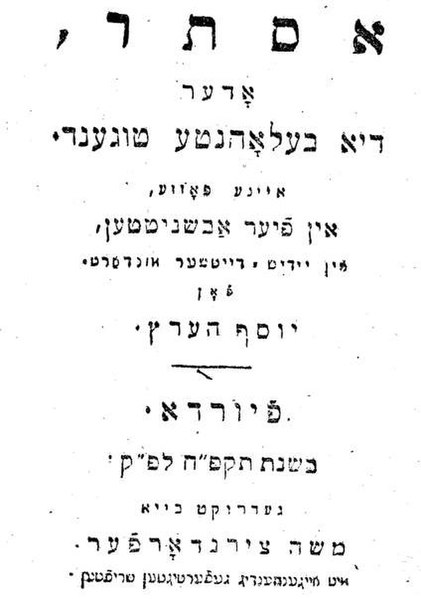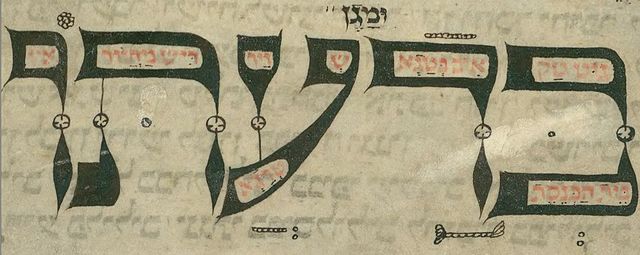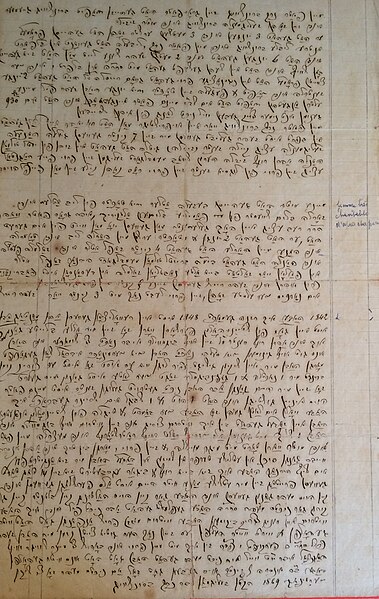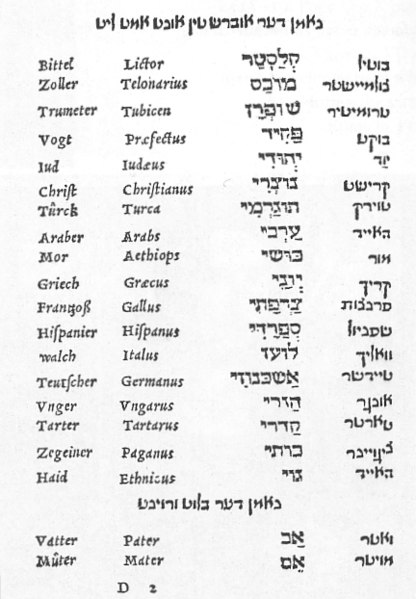Klezmer is an instrumental musical tradition of the Ashkenazi Jews of Central and Eastern Europe. The essential elements of the tradition include dance tunes, ritual melodies, and virtuosic improvisations played for listening; these would have been played at weddings and other social functions. The musical genre incorporated elements of many other musical genres including Ottoman music, Baroque music, German and Slavic folk dances, and religious Jewish music. As the music arrived in the United States, it lost some of its traditional ritual elements and adopted elements of American big band and popular music. Among the European-born klezmers who popularized the genre in the United States in the 1910s and 1920s were Dave Tarras and Naftule Brandwein; they were followed by American-born musicians such as Max Epstein, Sid Beckerman and Ray Musiker.
Jewish musicians of Rohatyn (west Ukraine)
Portrait of Pedotser (A. M. Kholodenko), nineteenth century klezmer virtuoso
Max Leibowitz orchestra from 1921
Elane Hoffman Watts, klezmer drummer, in 2007
Yiddish is a West Germanic language historically spoken by Ashkenazi Jews. It originates from 9th century Central Europe, providing the nascent Ashkenazi community with a vernacular based on High German fused with many elements taken from Hebrew and to some extent Aramaic. Most varieties of Yiddish include elements of Slavic languages and the vocabulary contains traces of Romance languages. Yiddish has traditionally been written using the Hebrew alphabet; however, there are variations, including the standardized YIVO orthography that employs the Latin alphabet.
The opening page of the 1828 Yiddish-written Jewish holiday of Purim play Esther, oder die belohnte Tugend from Fürth (by Nürnberg), Bavaria.
The calligraphic segment in the Worms Machzor. The Yiddish text is in red.
The South-West Yiddish account of the life of Seligmann Brunschwig von Dürmenach describes, among other things, the anti-Semitic events of the revolutionary year 1848. In the collection of the Jewish Museum of Switzerland.
A page from the Shemot Devarim (lit. 'Names of Things'), a Yiddish–Hebrew–Latin–German dictionary and thesaurus, published by Elia Levita in 1542








